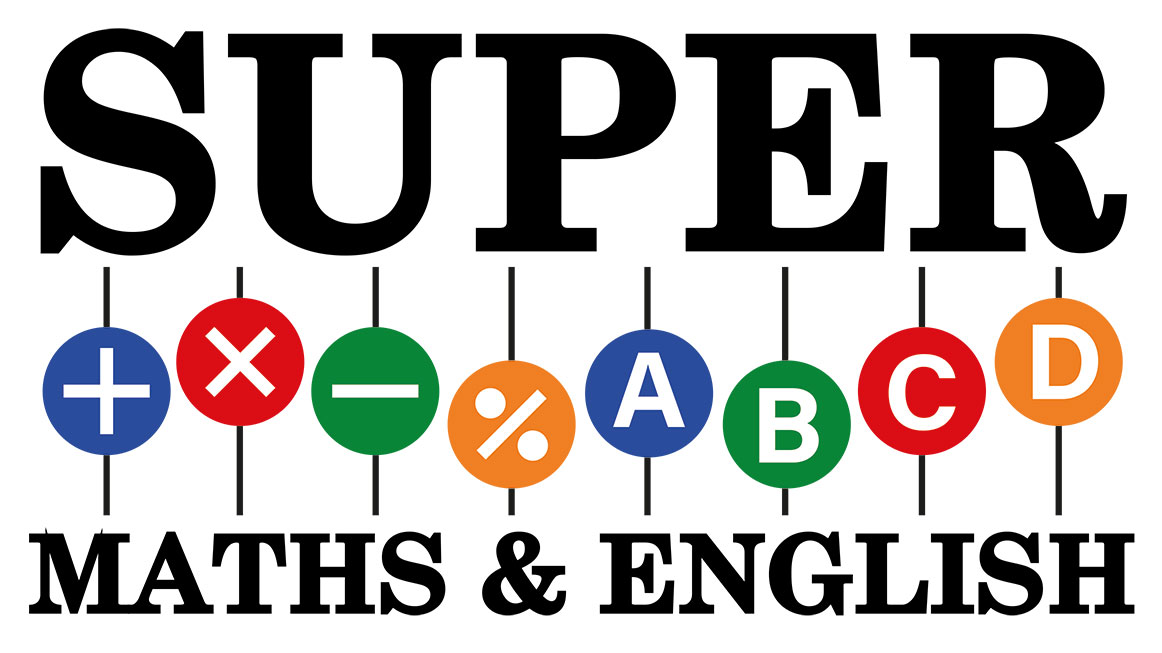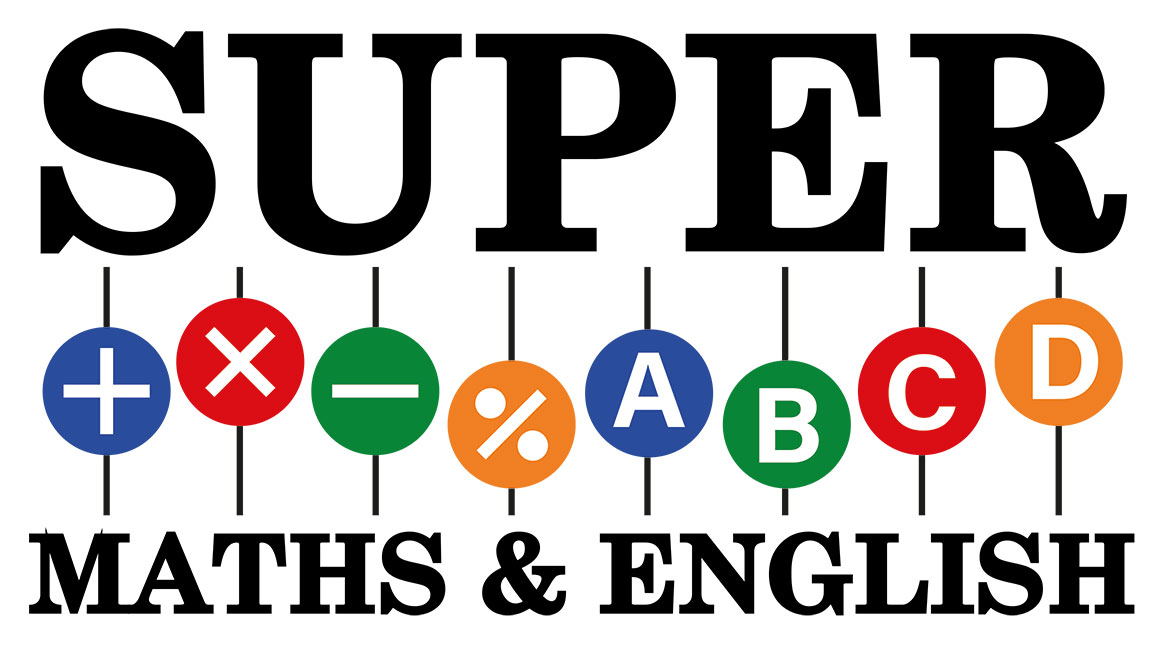It isn’t a new idea, and it’s certainly not new to this century either. It has an interesting history which proves that a proper education is timeless. When did you last look into the history of something and find it actually wasn’t as recent as you’d thought? Well it turns out our Abacus mental maths technique isn’t as recent as you’d think either!
Firstly, what is Abacus?
Before we delve into the deep past of Abacus mental maths , we should have a solid idea of what exactly abacus is. An abacus is a counting frame, with beads which is separated into rows representing digits. For example, the far right column has five beads, representing the numbers one through nine. The second column has five beads representing the numbers 10 through 90. So the first two columns can make a total number of 99. The next column to the left is representative of the numbers 1000 through 9000, and the numbers between the ‘000’ digits are represented by the columns to the right. This is what an Abacus counting frame looks like! The original abacus wouldn’t have looked quite like these, and more like beads of wood or stone placed in grooves of sand.
When was the Abacus theory discovered?
Well that’s quite a question to answer, the abacus technique has been used over many continents over the world for as long as people have required accurate accounts of numbers. Let’s hop over to Mesopotamia in the years 2700-2300 BC. This was the first sightings of the Sumerian Abacus. Which used a sexagesimal numerical system (numerical system with a base of 60).
It has been suggested that ancient Egyptians also used an Abacus type system roughly around, though no graphical evidence in their hieroglyphs or wall-art has suggested use of such a device.
Around 600BC the Persians begun using the abacus during the Achaemenid Empire. The Greek Empire was known to use the Abacus as early as the 5th Century BC. It’s difficult to pinpoint the exact point in time when the Abacus mental maths theory was founded. Though it is easy to see which time periods it was the primary system for numeric calculations.
Why Abacus Maths?
So now we’ve had a look into the history of the Abacus, you’re likely wondering why you should invest in it. I implore you, check our testimonies. You’ll see that the Abacus technique has a far greater impact on our students. More than Mathematically. Abacus maths aids students in thinking outside the box. It encourages cognitive development and improvements in problem solving ability.
Where can I find out more?
Read our Abacus Maths Course Outline
Related Articles
How Much Time Does It Take to Learn Abacus?
Learn Abacus Maths – Game-Based App



